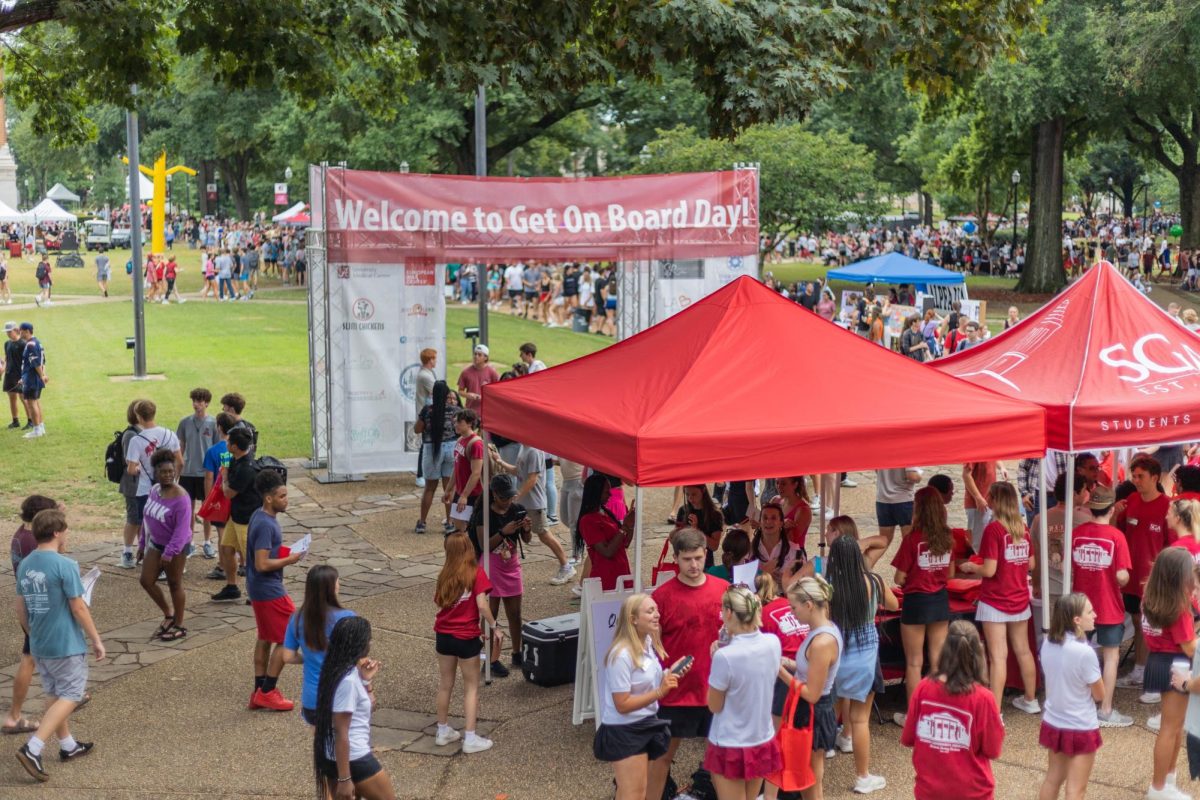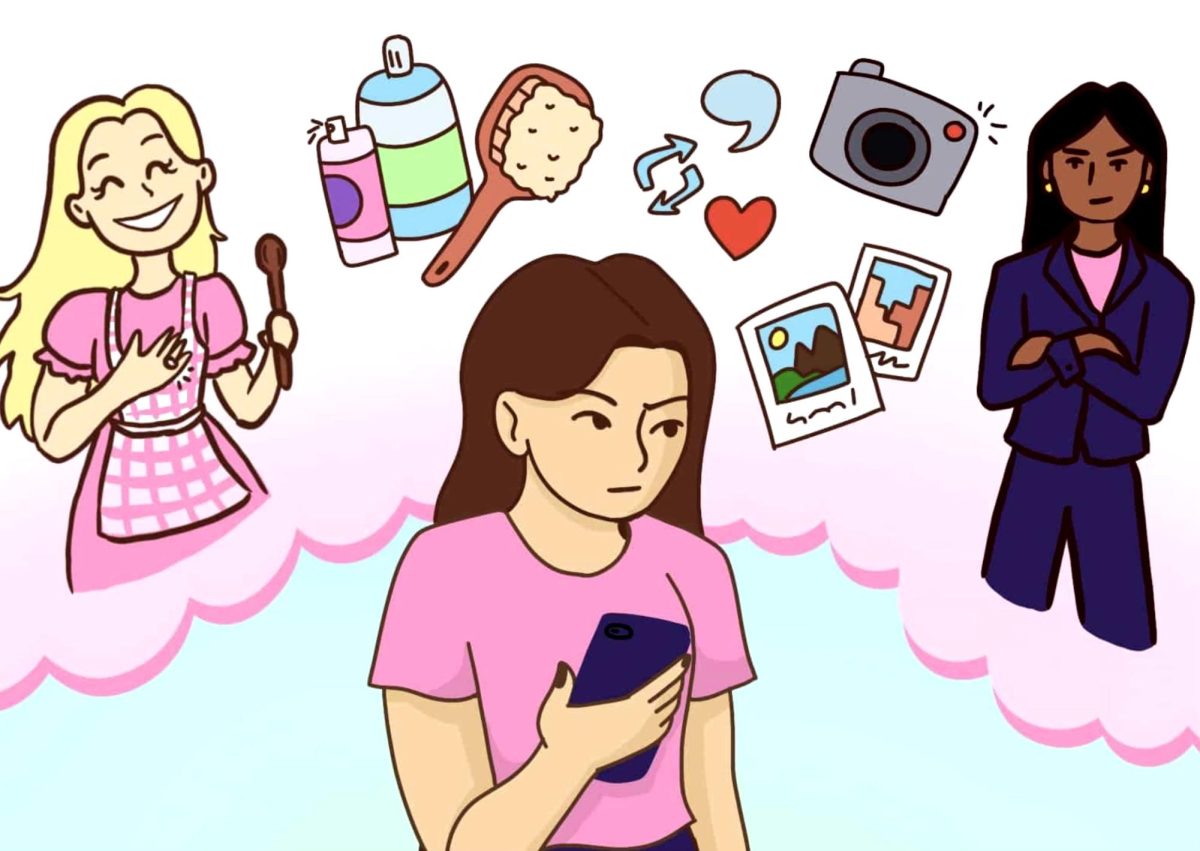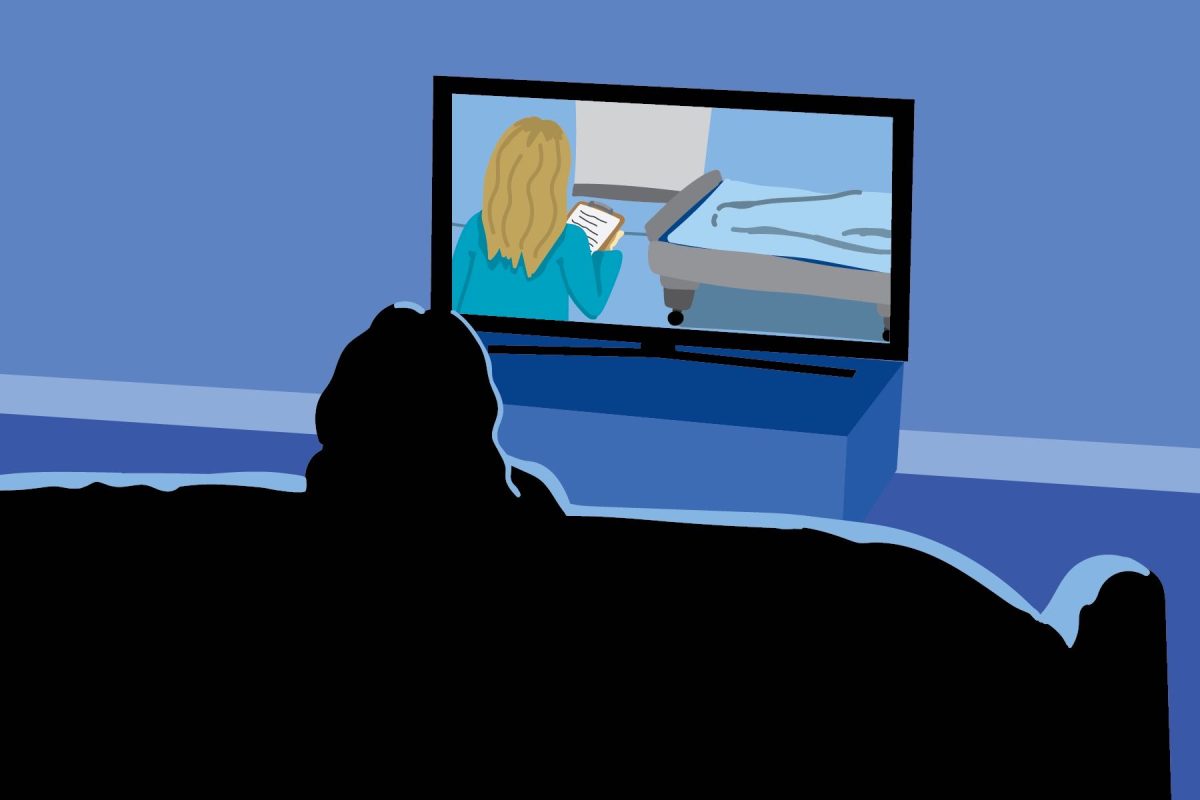All of my friends recently seem to have gotten into those health apps that are out there now. You know, the ones where you type in what you’ve eaten that day and it tells you how many calories you’ve taken in. I’ve always considered them as telling you more about how bad to feel about yourself and your eating habits, but I’m beginning to wonder if they’re on to something.
Recent findings show that Alabama has the fourth-highest rate of adult obesity in the country. As a result, many K-12 schools are trying to promote healthier eating and better options in their cafeterias. But has that way of thinking translated into our lives here at the University?
Between classes, grab a snack from the vending machines. For lunch, head to one of our food courts and eat a bit of Chik-Fil-A. In the afternoon, meet up with some friends to catch up over Starbucks. We are surrounded by temptations all day every day, and it’s so easy to eat fast food instead of real meals when it’s readily available.
Especially as a southern school, we center our lives and social events around food. Instead of just hanging out with friends, we go out to eat. On game days, we have tailgates filled with barbecue and every side item imaginable. And what student on UA’s campus could survive without late-nighting at Quick Grill or Hungry Howie’s?
In many of the dining halls, there are calorie and fat counts posted next to each food item so that we can measure our intake; in that, the University is putting a focus on healthy eating. But right next to that are the king-sized candy bars you find at every cash register (yes, king-sized. Take a look next time.)
The problem of healthy eating choices on campus isn’t straightforward. After all, is it really the University’s duty to make sure that we’re choosing the right things to eat? We’re all adults here, so we should in theory have moved past being forced to eat our vegetables. But when given the choice between quickly getting a pre-made slice of pizza and waiting in line to pay $9.00 to get inside Fresh Foods, I’m going to go with the former. Unhealthy foods are increasingly prevalent, while simultaneously there seems to be a greater call for healthy living. Our age group wants to be healthier for the most part, but the question is: how do we do it?
There’s no easy answer. We hear all about eating right and exercising; it’s not that we don’t know, but that we don’t do. On the University’s behalf, they need to focus on providing easy healthy choices and more advertising about healthy living.
But on our part, we need to actually pay attention to the Health Hut, the posted nutrition information, and the resources at the Rec. You don’t necessarily have to count every calorie on your phone to be healthy. Rather, we should to team up, the University and its students, to become healthier and provide an example for the rest of the state.
Mary Sellers Shaw is a junior majoring in communication and civic engagement. Her column runs biweekly on Tuesday.








